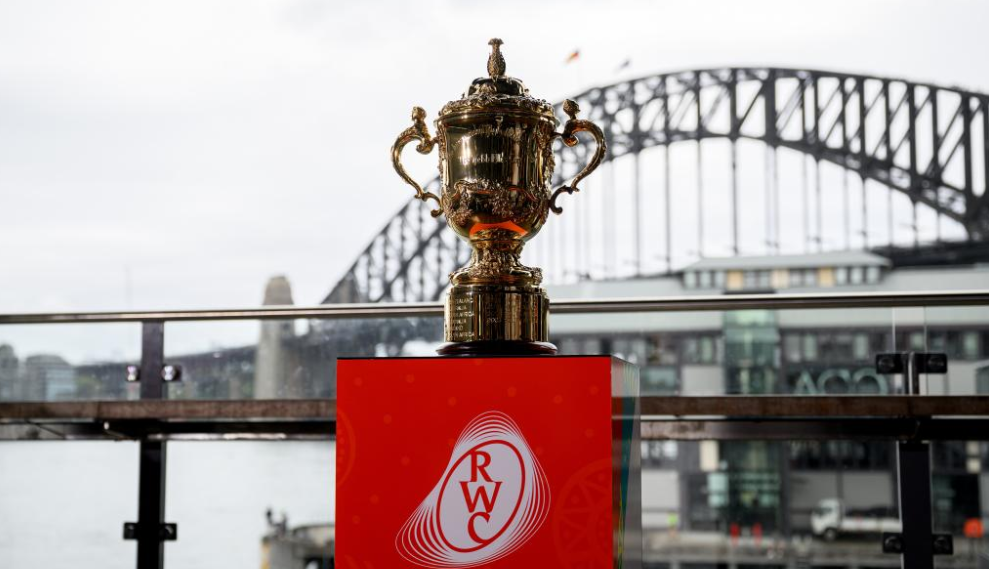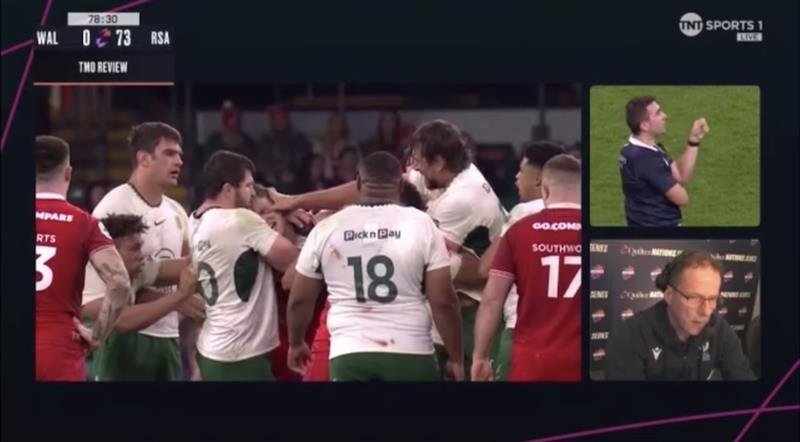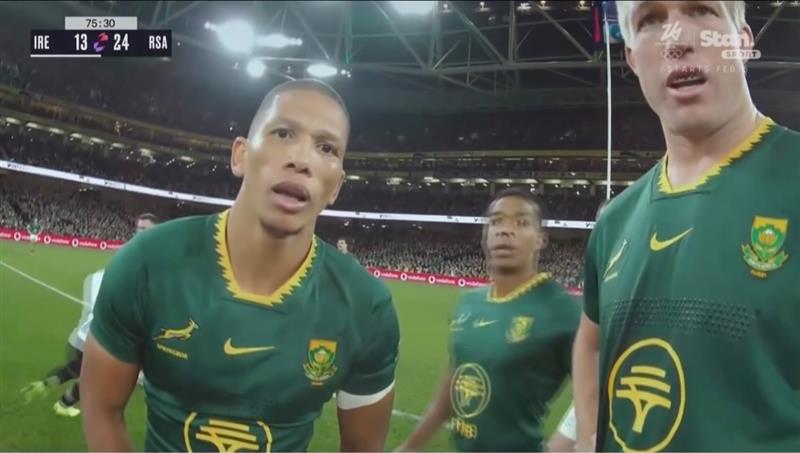In rugby, a yellow or red card usually signals trouble — losing a player means being a man down, right? But anyone watching the game closely knows it’s rarely that simple. Surprisingly, teams often dig deeper, raise their intensity, and sometimes even perform better after a card is shown. This unexpected shift not only changes the dynamics on the pitch but also creates golden opportunities for savvy in-play bettors. In this article, we’ll unpack why teams rally after cards and how you can turn this knowledge into winning bets during live rugby matches.
1. Increased Focus and Urgency
- When a team goes down to 14 (or even 13) players, they often become hyper-focused.
- The threat of collapse forces the team to concentrate, clean up errors, and tighten discipline.
- Players increase work rate and play smarter, more efficient rugby.
2. Tactical Simplification
- A team may narrow its defensive shape, sacrificing width to protect the gainline and limit line breaks.
- This frustrates the opposition, who expect dominance but often struggle to adapt to the new setup.
3. The Card Paradox: Overconfidence by the Opponent
- The team with the numerical advantage may expect to walk through the opposition.
- This complacency leads to rushed decisions, poor handling, or forced passes, especially in the red zone.
- Overextending in attack creates turnover and counterattack chances for the shorthanded team.
4. Substitution and Positional Shuffling
- Coaches often restructure quickly and effectively when a card is shown.
- Forwards might double their efforts in the breakdown.
- Backs may reorganise to minimise exposure on the edges.
5. Momentum Surge
- A yellow card can lead to a short burst of defensive dominance, resulting in:
- Interceptions or penalties in favor of the shorthanded team.
- Momentum shift and crowd involvement, especially at home.
🎯 In-Game Betting Strategy for Rugby Cards
🟡 When a Yellow Card Is Issued (10-Minute Sin Bin)
✅ Smart Bets:
- Underdog team receiving yellow: Expect a short spike from the opposition — bet on next score or penalty try if near the goal line.
- Top-tier team receiving yellow: Consider betting on the carded team not conceding or even scoring next — especially if they’re historically disciplined or playing at home.
🔍 Watch for:
- Scrum/maul dominance: If a forward is sin-binned and the opposition has scrum superiority, bet on a penalty try or lineout to try.
- Field position: A yellow card inside the 22 can signal an almost guaranteed 3–7 points for the attacking team.
🔴 When a Red Card Is Issued (Permanent Dismissal)
✅ Smart Bets:
- Early red card: Consider betting against the carded team if there’s 50+ minutes to play — fatigue accumulates over time.
- But don’t bet impulsively — observe the next 5–10 minutes. If the team reorganizes well, odds may overadjust.
- If the carded team has dominant forwards and a kicking flyhalf, they may still manage territory well and grind out a result.
📉 Market Overreaction = Value
- Markets tend to overcorrect after a red card — particularly when:
- The card is to a backline player, not a forward.
- The team has recent form in playing with 14 (e.g., South Africa at Rugby World Cup 2023).
- The game is low-scoring or weather-affected.

🔄 General Live Betting Tips
👇 Bet against the carded team if:
- The card is to a key decision-maker (scrum-half, fly-half).
- The opposition already has momentum and field position.
- The card comes just before or after halftime (teams struggle to reset properly).
☝️ Bet on the carded team if:
- They’re a structured, veteran team (e.g., Ireland, South Africa, Leinster).
- They’re playing at home with crowd support.
- The opposition has a history of inefficiency in the red zone.




